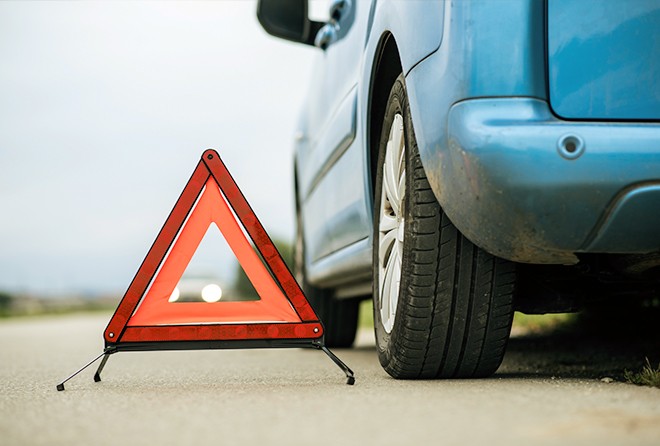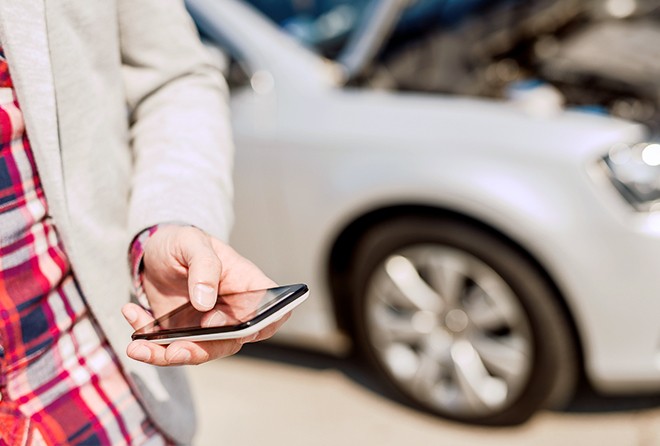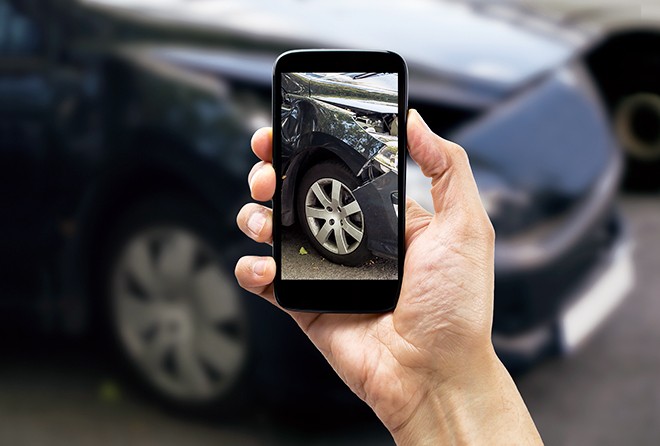 United States (English)
United States (English)
Shopping Cart
Empty Cart
Part No: {{entry.product.code}}
Quantity: {{entry.quantity}}
Total {{cartInfo.totalPriceWithTax.value | currency:"$"}}
Total {{0 | currency:"$"}}
 United States (English)
United States (English)
Part No: {{entry.product.code}}
Quantity: {{entry.quantity}}
Total {{cartInfo.totalPriceWithTax.value | currency:"$"}}
Total {{0 | currency:"$"}}
Asia Pacific
Europe, Middle East, Africa
 România (Română)
România (Română)
 European Union (English)
European Union (English)
 België (Nederlands)
België (Nederlands)
 Belgique (Français)
Belgique (Français)
 France (Français)
France (Français)
 Deutschland (Deutsch)
Deutschland (Deutsch)
 Italia (Italiano)
Italia (Italiano)
 Nederland (Nederlands)
Nederland (Nederlands)
 Polska (polski)
Polska (polski)
 Россия (русский)
Россия (русский)
 South Africa (English)
South Africa (English)
 España (Español)
España (Español)
 Україна (українська)
Україна (українська)
 United Kingdom (English)
United Kingdom (English)
 Česko (Česká republika)
Česko (Česká republika)
 United Arab Emirates (English)
United Arab Emirates (English)
North America
The unthinkable has happened - you have been involved in a car accident. In the aftermath of an auto accident, it’s hard to keep your head from spinning. But there are some basic steps you should take to help you with future insurance claims or other proceedings.
Even if you familiarize yourself with these steps, it can be hard to remember them in a stressful situation like an auto accident. You might consider printing this out and keeping it in your glovebox. Other basic items that you should carry in your vehicle are safety triangles or road flares and pen and paper for writing down vital information.
First and foremost, make sure that you and your passengers are okay. If there are injuries, call an ambulance. If you are injured and can’t move, try to stay still and wait for help to arrive. If you are able, check on the driver and passengers of the other vehicle.

Stay at the scene of the accident – you need to exchange information with the other driver and you might have to talk to the police or other authorities. Leaving the scene of an injury accident can carry stiff penalties.
If possible, pull your car to the side of the road if it is posing a hazard. If you can’t, turn on the hazard lights and get yourself to a safe spot out of harm’s way. Place road flares or safety triangles around your vehicle to alert oncoming motorists.

Even if it’s just a minor fender-bender, call the police. You’ll likely need an accident report to process an insurance claim. Ask the responding officer for their name and badge number. Also ask for the accident report number and how you can obtain a copy.
Speaking of insurance, you might also want to call your insurance company from the scene. They can give additional guidance on what information you should collect before you leave the accident scene. If you don’t call them from the location of the incident, be sure to call them as soon as possible to report that you have been involved in an accident.

For everyone involved with the accident, get their name, address, phone number, license plate number, make/model of vehicle, driver’s license number and insurance information. Also take note of the names and contact information of any witnesses.
Use the camera on your cell phone to take pictures of the accident scene and any damage to the vehicles. Take photos of skid marks or other pertinent evidence. If you don’t have a camera on your cell phone, consider carrying a disposable camera in your glovebox.
You may also consider drawing a diagram of the accident scene that shows the position of the cars, what direction they were driving in and what lane each car was in. Also make a note of the weather and road conditions, the traffic pattern and what time the crash occurred.
Discuss the details of the accident only with the police or your lawyer. When talking to others about the accident, stick to discussing the facts and nothing else. It is imperative that you don’t admit guilt and don’t bicker about who is at fault. It is wise to let the authorities sort matters out.
Learn more about quality auto parts, find your car part, or find a local car repair shop today.
The content contained in this article is for entertainment and informational purposes only and should not be used in lieu of seeking professional advice from a certified technician or mechanic. We encourage you to consult with a certified technician or mechanic if you have specific questions or concerns relating to any of the topics covered herein. Under no circumstances will we be liable for any loss or damage caused by your reliance on any content.